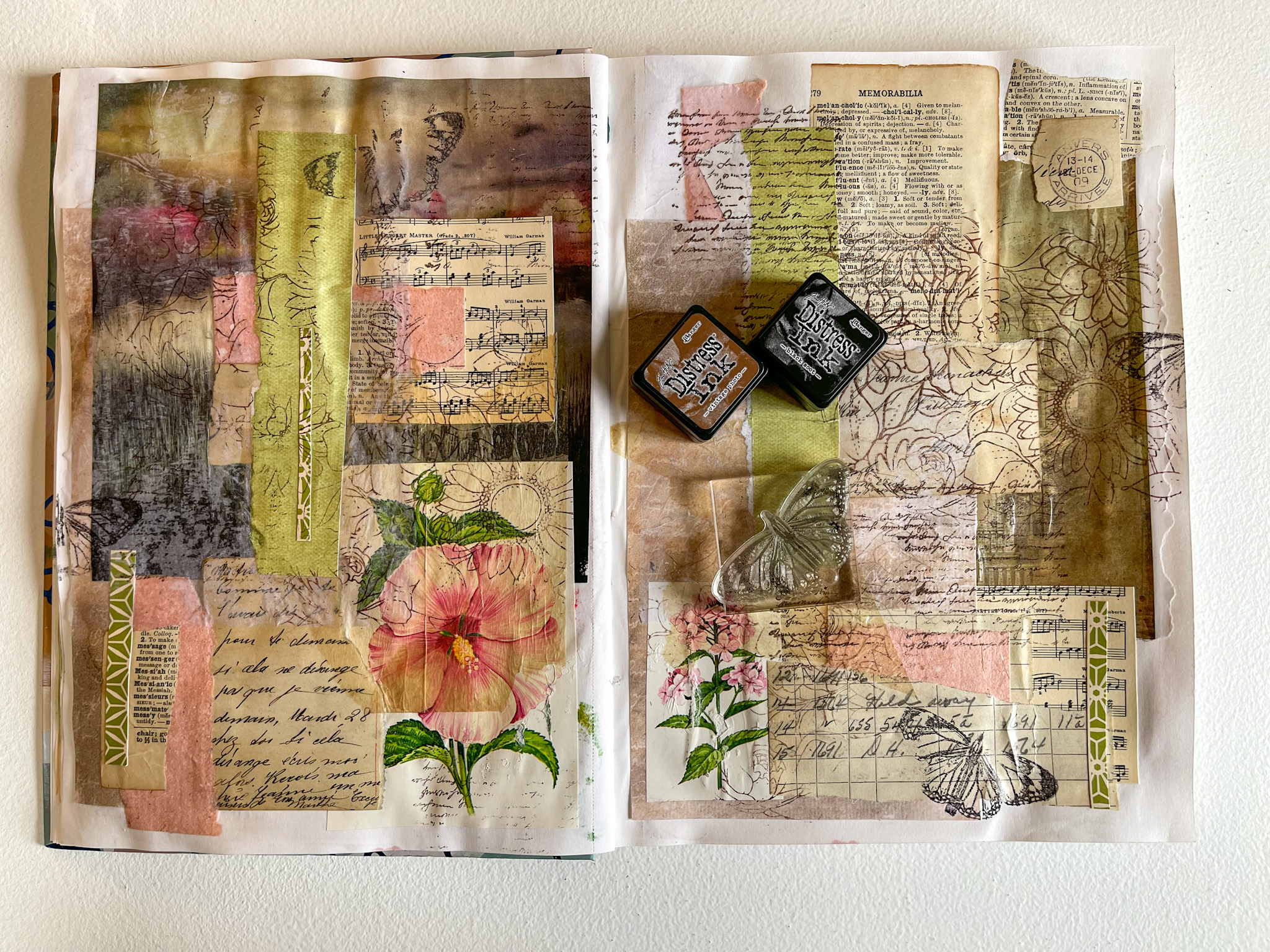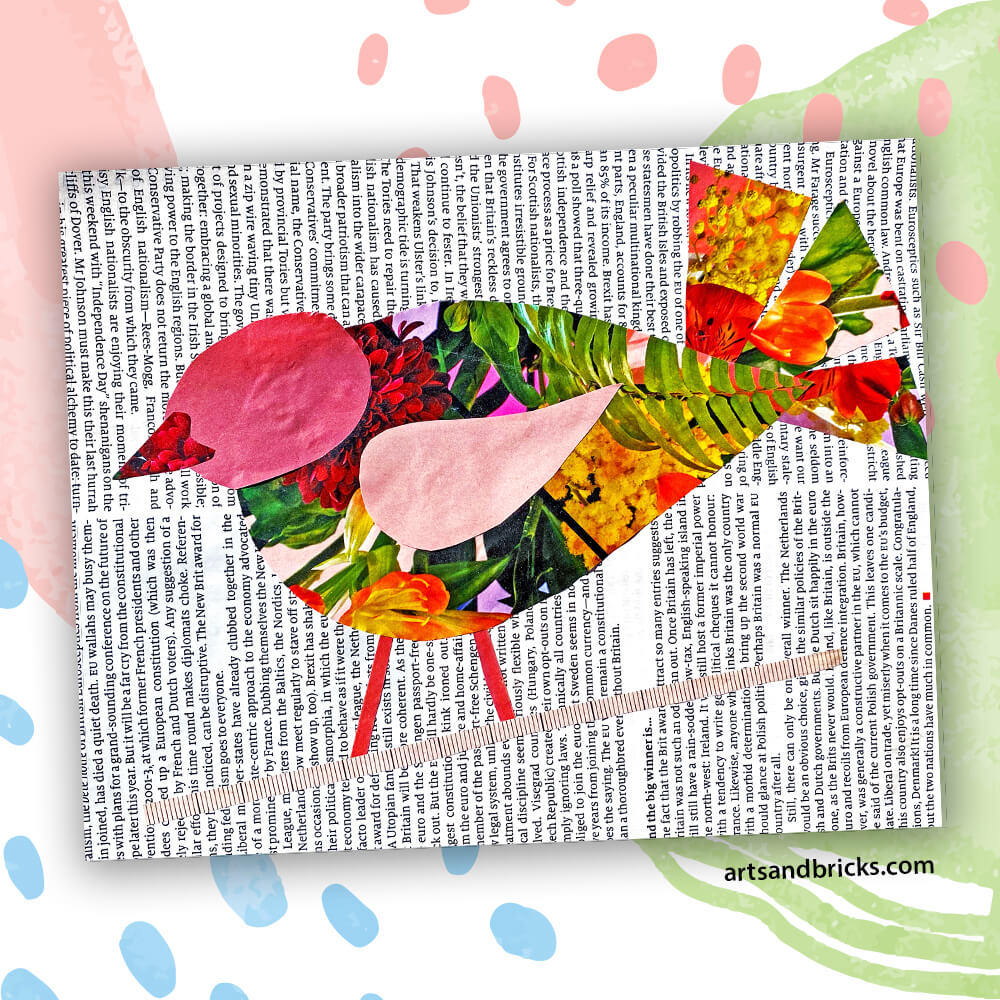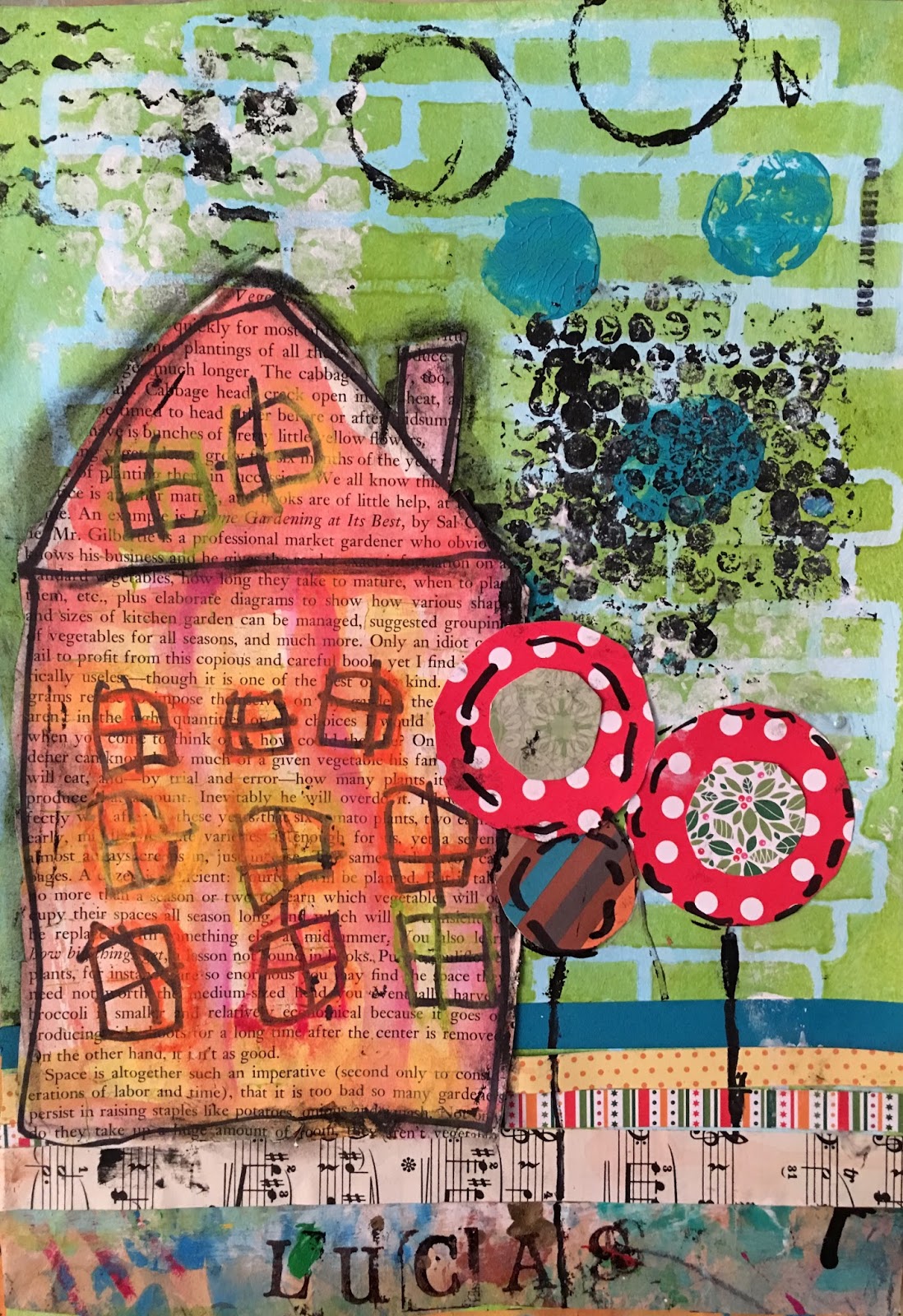Artistic expression comes in many forms, each offering its own unique flair. Among these are art techniques that capture the imagination, like collage and mixed media.
The former involves layering cut-out materials, while the latter embraces a blend of diverse materials and approaches.
Artists often mix paint, fabric, and paper to achieve rich textures and depth.
Each approach invites a distinct interpretation, allowing creativity to flourish. The simplicity of collage contrasts beautifully with the intricate nature of mixed media, making both methods powerful ways to convey emotions and tell stories through visual art. </art techniques, visual art, artistic expression, mixed media, collage.
Understanding Collage And Mixed Media
Creating art can be a personal journey, and exploring different styles opens up a world of possibilities. When we think of collage, we’re diving into an art form where various materials, like paper and photographs, come together to form a stunning composition.
It’s really fascinating how layering elements allows artists to visually narrate their stories, often revealing emotions and thoughts that words can’t express.
Moving into the realm of mixed media adds even more depth, as artists blend techniques and textures to bring their visions to life.
Imagine combining paints, fabrics, and found objects; it’s like turning everyday items into extraordinary works of art through the magic of assemblage. This medium not only encourages creativity but also invites you to experiment freely, making the artistic experience truly enriching.
Collage vs. Mixed Media
| Feature | Collage | Mixed Media |
|---|---|---|
| Definition | An artistic technique that involves assembling different materials, such as paper, fabric, photographs, and other objects, onto a surface to create a new image. | A broader term encompassing the use of multiple media or techniques in a single artwork. |
| Primary Focus | The arrangement and juxtaposition of pre-existing materials. | The combination of various media, including but not limited to collage elements. |
| Materials | Primarily flat materials like paper, fabric, photographs, and found objects. | Can include any combination of materials, including paints, inks, markers, pencils, charcoal, pastels, and three-dimensional objects. |
| Techniques | Cutting, tearing, gluing, layering. | Can include drawing, painting, sculpting, printing, and more. |
| Examples | Cubist collages, photomontage, decoupage. | Assemblages, altered books, art journals, and many contemporary artworks. |
Key Art Techniques In Mixed Media
Exploring different mediums can truly elevate your artistic journey. Layering is a standout technique that allows artists to stack various materials to create a rich, immersive experience.
Have you had the chance to play with layering in your creativity? You can blend everything from paper to fabric, allowing those materials to interact in ways that add depth and intrigue to your artwork.
Another method that adds excitement is texture creation.
Using unique surface materials like sand or textured paper can really make your pieces pop.
What textures capture your imagination the most? Don’t shy away from experimenting! Incorporating found objects from everyday life not only brings a personal touch but can also spark fresh ideas and inspiration.
How Collage Utilizes Layering
Imagine a canvas filled with a vibrant array of textures and hues, each layer revealing a piece of a bigger story. Layering isn’t just a method; it’s a fascinating way to weave found objects together, creating a dynamic narrative that captivates viewers.
As you overlap different artistic mediums, each element pulls the eye, inviting exploration and interaction.
Every layer adds depth, with colors blending through a playful application of color theory, sparking new connections and meanings.
When you thoughtfully construct this visual dialogue, you turn a simple arrangement into a compelling experience. This technique not only enhances aesthetic appeal but also enriches storytelling, leaving a lasting impression on anyone who gazes upon your creation.
Transitioning from layering, let’s explore how found objects and various artistic mediums incorporate color theory and different art styles to enhance storytelling.
The Role Of Texture In Collage
Have you ever considered how different surfaces can completely change the vibe of your art? Incorporating unique textures adds a rich layer to your collage, bringing it to life and inviting touch. This element does more than catch the eye; it draws viewers in and sparks curiosity.
When we explore design principles, it’s clear that texture stands out as a key player.
It establishes visual contrast and plays a vital role in setting the mood of your creation.
Mixing materials like fabric, paper, and natural items can lead to truly experimental outcomes, transforming your piece into something memorable. Each layer you add deepens the experience, allowing others to appreciate the emotion and effort behind your artistic processes.
- Incorporating design principles and artistic processes with visual contrast can lead to innovative and experimental outcomes in graphic design.
| Aspect of Art | Impact on Viewer |
|---|---|
| Texture | Enhances visual interest and invites touch |
| Visual Contrast | Establishes mood and draws viewers in |
| Material Mixing | Leads to innovative and experimental outcomes |
| Layering | Deepens emotional experience of the artwork |
Comparing Artistic Expression In Both
Exploring different techniques and styles can lead to exciting discoveries about expression through various art forms. Collage stands out with its paper crafting techniques, where different materials come together to tell a story.
Each piece can evoke emotions, inviting viewers to appreciate the craftsmanship involved.
Mixed media, on the flip side, opens up a world of experimentation, allowing artists to blend traditional with digital elements.
This combination breaks creative boundaries, encouraging individual interpretation and engagement. Both methods bring something special to the art scene, each captivating audiences in unique ways.
As we shift from the texture play so prominent in collage, we also dive into the interesting realm of found objects in art, further expanding our creative horizons.
Exploring Found Objects In Art
What if the everyday items around us are just waiting to become part of something extraordinary? Found objects in art inspire a fresh way of viewing our surroundings. These often-overlooked treasures turn into the heart of creative expression, encouraging us to rethink our notions of aesthetic beauty.
From discarded furniture to simple bottle caps, artists embrace various movements that transform the mundane into captivating visuals.
The juxtaposition of these materials can create stunning effects, challenging the viewer’s perception of art and functionality.
Every found object carries its own story.
They evoke memories and stir conversations, adding layers of meaning to the artwork. This connection reminds us of our surroundings and the narratives they hold.
As we dive into these creative pathways, keep in mind that art is accessible to everyone.
Visual Composition In Mixed Media
Creating something unique in the realm of artistic expression is all about how you put your elements together. The arrangement matters significantly, as it sets the mood and tells an engaging narrative.
Captivating art relies heavily on the craftsmanship of blending various materials.
Layering elements like paper, fabric, and even found objects can introduce depth and richness to your work.
Textures play a vital role, inviting viewers to explore your piece more closely. Each artwork should gently guide the viewer’s eye, steering clear of overcrowding.
Instead, emphasize a narrative that resonates, sparking curiosity and connection.
Transitioning from found objects into mixed media opens up a world of possibilities. Each chosen piece contributes uniquely to the overall visual composition, adding layers of craftsmanship and narrative that enhance the art of scrapbooking through the beauty of textile integration.
Artistic Mediums: Collage Vs Mixed Media
Exploring creative avenues allows for a delightful journey through various visual elements. Collage engages the artist by piecing together a tapestry of materials, crafting an expressive narrative through thoughtful layering.
Mixed media, however, invites a broader interpretation by blending multiple artistic techniques, paving the way for modern artistic expressions.
While a collage is often characterized by cut-out images, mixed media can embrace a myriad of components, from paint to fabric and beyond.
Each technique presents endless possibilities for your artistic projects, making your creative exploration all the more rewarding. Whether you’re gathering vintage photographs or diving into immersive installations, both avenues can truly enhance your unique expression.
Creative Exploration
- Collage allows artists to create expressive narratives by layering different materials.
- Mixed media art combines various techniques, offering a wider range of creative possibilities.
- Collages typically use cut-out images, while mixed media can incorporate diverse elements like paint and fabric.
- Both collage and mixed media enhance individual artistic expression and creativity.
Conclusion
As we wrap up our exploration of creative techniques, it’s clear that diving into the world of collage and mixed media opens up a treasure trove of possibilities. Each practice offers its own distinct language for artists, enabling them to express ideas and emotions in captivating ways.
Handmade elements infuse warmth and character into your creations, while the diverse materials at your disposal invite endless experimentation.
Reflecting on your artistic journey, consider how intertwining these approaches could elevate your craft.
Embracing the variety of expressions they inspire not only enriches your work but also fosters a vibrant community where creativity can flourish and thrive together.
Originally posted 2024-08-14 11:38:44.


